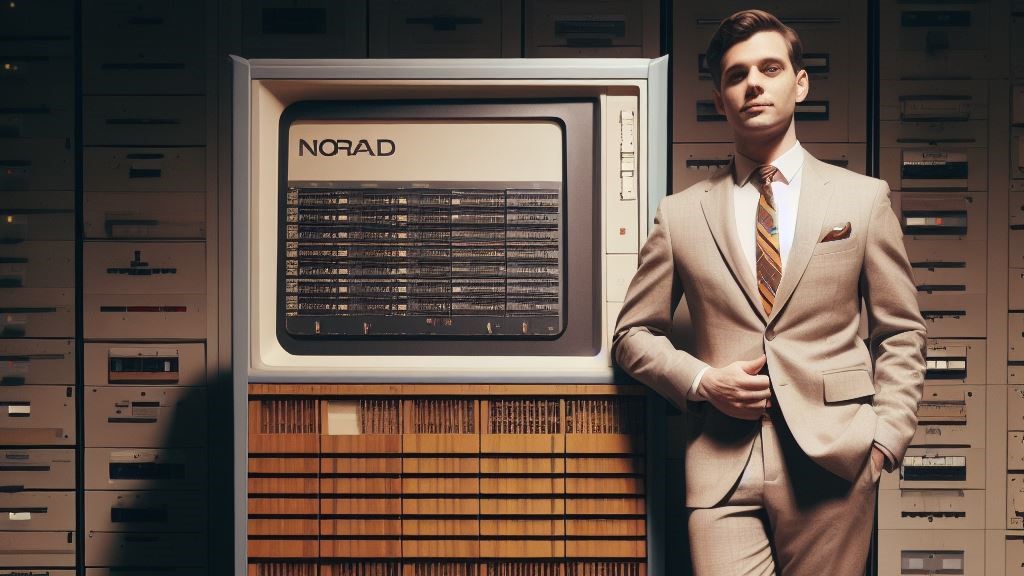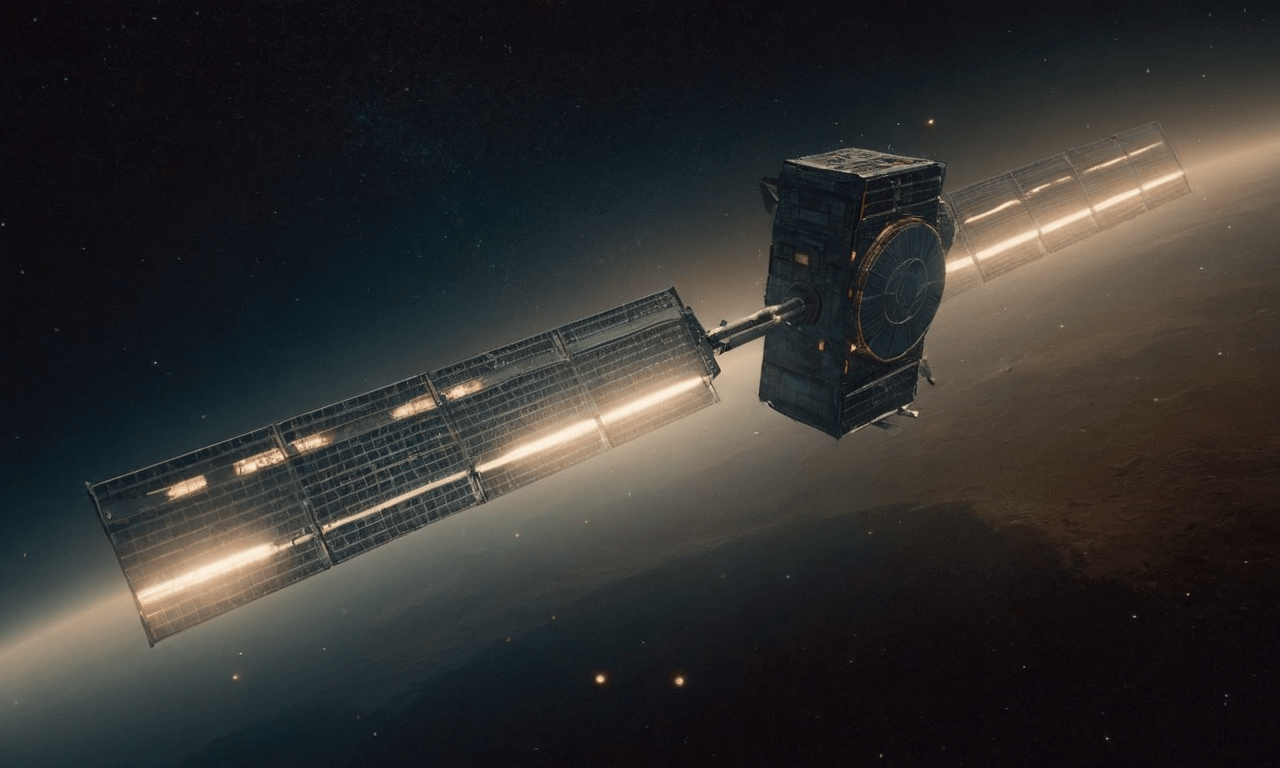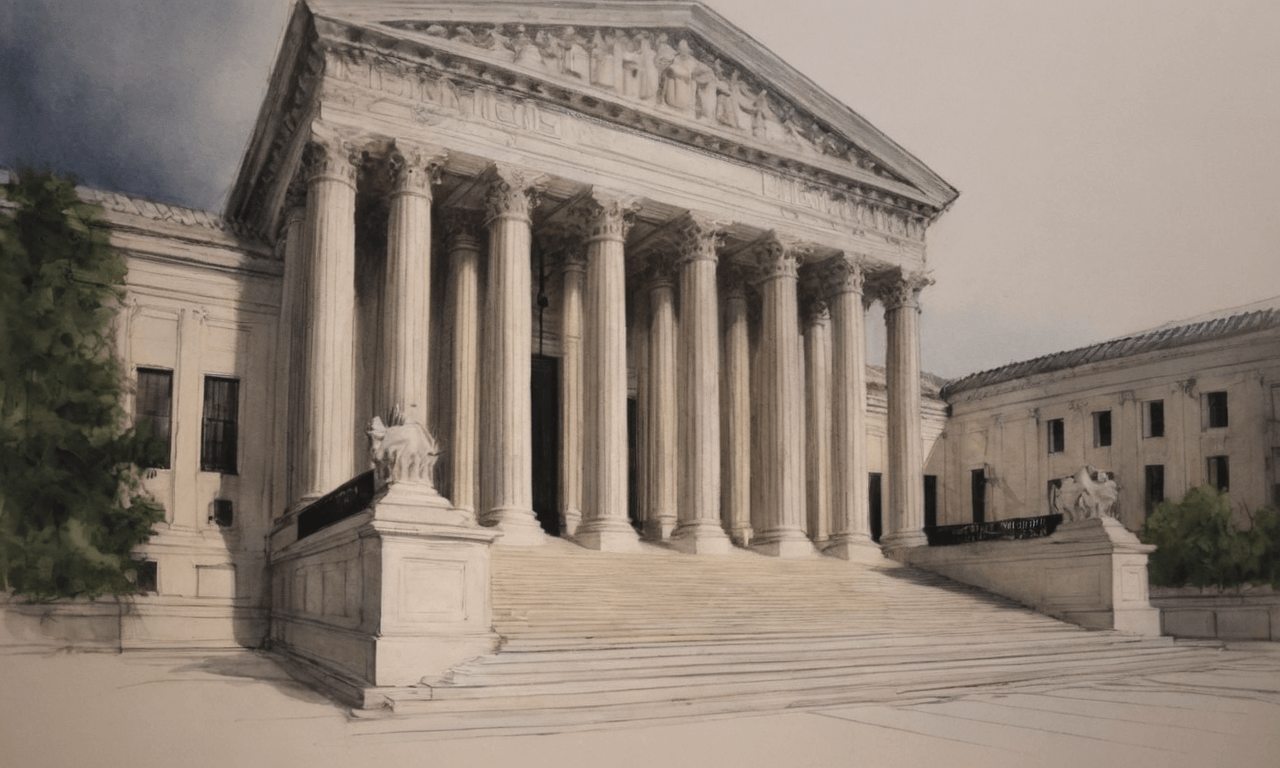· space brief · 5 min read
Space Brief 17 Sep 2024
Today's Space Brief covers crucial satellite events including upcoming launches, military space developments, and exceptional celestial sightings.

📄Top Stories
Get ready for a spectacular celestial event tonight with the Harvest Moon Supermoon lunar eclipse. In other significant news, NASA astronaut photographs SpaceX’s Polaris Dawn capsule reentry from the ISS, and an exciting new expansion for ‘Astroneer’ is on its way. Additionally, Northrop Grumman has secured a major contract for military satcom antennas.
📰Detailed Coverage
NASA Astronaut Photographs SpaceX’s Polaris Dawn Reentry
NASA astronaut Don Pettit captured a mesmerizing image of Polaris Dawn’s reentry from the ISS. This private mission included the first commercial spacewalk and saw its Dragon spacecraft return to Earth before dawn on Sept. 15. Pettit noted the multi-colored entry trail over Florida visible in his image. Pettit’s use of new lenses on the ISS promises more breathtaking nighttime imagery.
Read the full story: Space.com
Northrop Grumman Secures $54.7M for Military Satcom Antennas
Northrop Grumman has been awarded a $54.7 million contract to develop military satcom antennas, supporting the Defense Experimentation Using Commercial Space Internet (DEUCSI) program. This three-year contract leverages commercial space communications for enhanced military capabilities.
Read the full story: Space News
Planet Signs Three-Year Contract with DLR
Planet Labs Germany GmbH has secured a three-year contract with the German Space Agency DLR for Earth observation data and services. Though the contract value remains undisclosed, it signifies an ongoing commitment to satellite-based environmental monitoring.
Read the full story: Space News
Harvest Moon Supermoon Lunar Eclipse
On the evening of Sept. 17, a partial lunar eclipse will transform the moon to a murky red-brown hue. This phenomenon, visible from many parts of North America and Europe, will peak at 10:44 p.m. EDT. In London, it’s expected around 3:45 a.m. BST on Sept. 18. Due to the moon’s close approach to Earth, it will appear slightly larger and brighter, marking it a supermoon.
For those unable to witness it in person, Space.com offers several livestreams of the event: Read the full story: Space.com
🛰️Satellite Spotlight
- Satellite Name: COSMOS 1780 (GLONASS)
- NORAD ID: 16963
- Launch Date: 1986-09-12
- Mission: Part of the GLONASS (Global Navigation Satellite System) constellation, providing real-time positioning data to military and civilian users around the world.
- Orbit: Inclination: 64.5327°, Period: 675.71 min, Eccentricity: 0.0002684
- Operator: UNKS (Utilization of National Cosmos System)
- Fun Fact: The GLONASS system is Russia’s counterpart to the United States’ GPS, and it aims for global coverage similar to that of its American counterpart.
Current TLE Data:
1 16963U 86071C 24251.51344341 .00000022 00000-0 00000+0 0 99999
2 16963 64.5327 94.3659 0002684 345.3206 220.8866 2.13107913295569
Track this satellite in real-time on our web app: Track COSMOS 1780 (GLONASS)
🗑️Space Debris Update
Current tracked debris objects: 13893
Notable recent events
Germany’s Space Security Strategy: Germany is structuring its first space security strategy to address growing threats to its space assets and promote safe space operations. Considering the increasing amount of space debris, Germany aims to contribute to international efforts targeting orbital debris mitigation and collaboration on space traffic management to reduce potential collisions and disruptions to space services.
International Collaboration: The strategy calls for enhanced international cooperation to combat the proliferation of space debris and prevent scenarios where space assets could be jeopardized by debris resulting from anti-satellite weapon tests or other destructive activities in space.
For more details, visit the original article: Is Germany Ready to Take Space Seriously? Requirements for Germany’s First Space Security Strategy
🚀Upcoming Space Launches
September 17
- SpaceX Falcon 9 Block 5:
- Galileo L13 (FOC FM26 & FM32) from Cape Canaveral, FL, USA (22:40 UTC) Two satellites for Europe’s Galileo navigation system. Originally planned for launch on Soyuz-ST and then Ariane 6 but both were unavailable. Galileo provides Europe with an alternative to the American GPS and Russian GLONASS constellations, but will be interoperable with both systems.
September 18
SpaceX Falcon 9 Block 5:
- Starlink Group 9-17 from Vandenberg SFB, CA, USA (14:20 UTC) A batch of satellites for the Starlink mega-constellation - SpaceX’s project for a space-based Internet communication system.
Rocket Lab Electron:
- Kinéis Killed the RadIoT Star (Kinéis 6-10) from Rocket Lab Launch Complex 1B, Onenui Station, Mahia Peninsula, New Zealand (23:00 UTC) Second batch of five satellites for the French Kinéis IoT constellation designed to operate with 25 nanosatellites of 30 kg each.
September 19
- China Aerospace Science and Technology Corporation Long March 3B/YZ-1:
- Unknown Payload from Launch Complex 2 (LC-2), Xichang Satellite Launch Center, People’s Republic of China (00:54 UTC) Possible launch of Beidou navigation satellites; details TBD.
September 20
China Aerospace Science and Technology Corporation Long March 2D:
- Unknown Payload from Launch Complex 9, Taiyuan Satellite Launch Center, People’s Republic of China (04:01 UTC) Details TBD.
ExPace Kuaizhou-1A:
- Unknown Payload from Mobile Launcher Pad, Xichang Satellite Launch Center, People’s Republic of China (09:33 UTC) Details TBD.
September 25
- SpaceX Falcon 9 Block 5:
- Crew-9 from Cape Canaveral, FL, USA (18:28 UTC) SpaceX Crew-9 is the ninth crewed operational flight of a Crew Dragon spacecraft to the International Space Station as part of NASA’s Commercial Crew Program.
September 30
Galactic Energy Ceres-1:
- Unknown Payload from Launch Area 95A, Jiuquan Satellite Launch Center, People’s Republic of China (00:00 UTC) Details TBD.
SpaceX Falcon 9 Block 5:
- OneWeb 20 from Vandenberg SFB, CA, USA (00:00 UTC) A batch of 20 satellites for the OneWeb satellite constellation, which is intended to provide global Internet broadband service for individual consumers. The constellation is planned to have around 648 microsatellites (of which 60 are spares), around 150 kg each, operating in Ku-band from low Earth orbit.
Note: Launch dates and times are subject to change due to technical or weather considerations.
💡Did You Know?
Did you know that the first-ever satellite made entirely of wood was launched in 2023? Named WISA Woodsat, this 10-centimeter cube satellite was developed by Finnish company Arctic Astronautics. Its primary structure is made of birch plywood, aiming to test the feasibility of using renewable materials in spacecraft construction and to study how wood behaves in the space environment.




